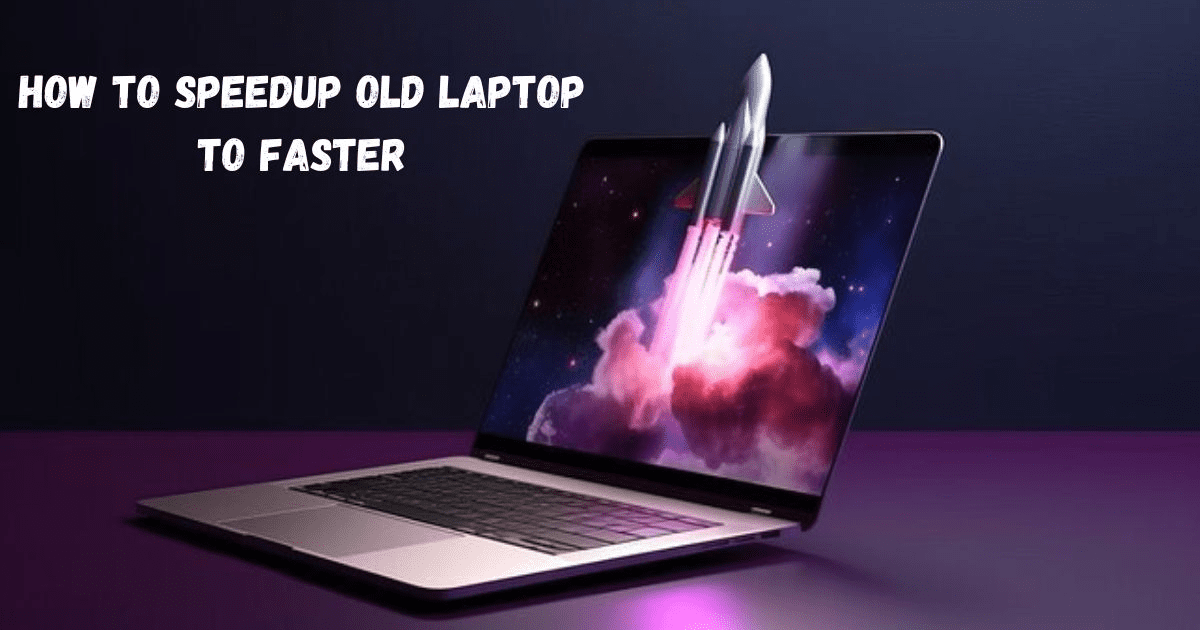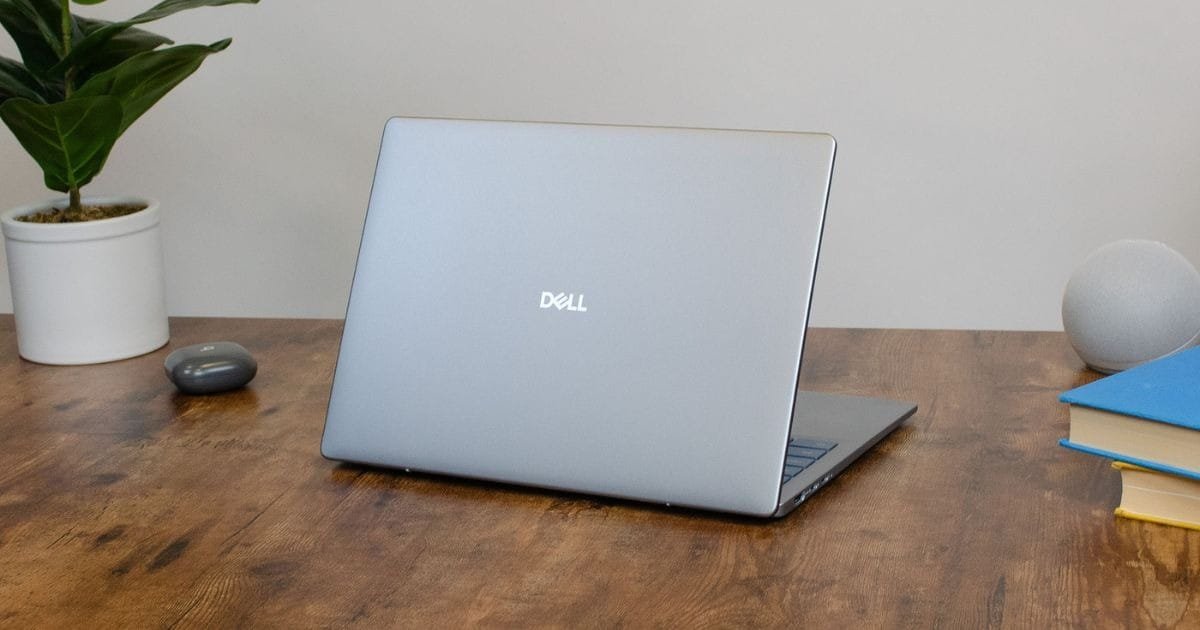If you want to speed up an old laptop faster, the first thing to do is to maintain it thoroughly by removing temporary files, uninstalling programs you don’t use and scanning the system to remove any malware. You can considerably increase the performance of your laptop by changing your hard drive to Solid State Drive (SSD) and adding more RAM. Some more good free methods that will be effective are turning off the startup programs that you do not need, cleaning the computer internally through the fans and vents for which there is dust, and updating your operating system and drivers.
Why is my laptop so slow?

A laptop is a slow thing when it is accompanied by a bunch of problems such as low RAM or a fully packed hard drive, a high number of background programs, viruses or malware, overheating, an outdated version of the operating system, or unnecessary startup programs. To make your laptop faster you can do the following: close applications and browser tabs which are not in use, reboot your laptop, execute a disk cleanup, perform a malware scan, update your software, and turn off the programs that are not necessary at startup.
How to make a laptop faster

It is really annoying that your laptop is running slow when you need it for work, study, or entertainment. But the nice thing is that you can accelerate your device by quite a few simple measures that do not cost you a lot of money. Deleting junk files, installing extra RAM, closing the programs that start up with your computer without your permission, and maintaining your system up to date are all small changes that can become huge.
Knowing the easy ways to speed up an old laptop is a great way to increase the productivity of your device, save your time, and experience computing in a more fluent way. By making a few simple adjustments, it is almost like you have a brand-new laptop again.
1. Identify resource-heavy programs
It is just about the most readily way to speed up an old laptop as figuring out which applications are using the most resources is the first step. In order to do this Task Manager needs to be opened so that one can see which app uses what percentage of CPU, memory, or disk. Releasing or even removing those inactive programs which occupy your memory will result in increased system performance and no additional costs will be needed.
2. Prevent start-up programs
The easiest way to speed up an old laptop is simply by stopping the unnecessary start-up programs. There are a lot of apps that automatically run the moment you turn on your device, thus, slowing down the boot time and overall performance of your laptop. Disabling unwanted start-up programs from the Task Manager will not only clean up your system resources but also increase the speed right from the moment your laptop starts working.
3. Uninstall unused programs
One of the quickest ways to speed up an old laptop speed is by uninstalling the programs that are not in use and getting rid of them. There are numerous apps that may run in the background and take up memory even if they are not used by you. By removing software that is not necessary, you will be taking up valuable storage space and your computer will be running at its best performance. This quick step will make your laptop faster, smoother, and more efficient with your daily tasks.
4.Add an external drive
One of the most brilliant decisions is to connect an external hard drive to your laptop if you want to increase the capacity of your speed up an old laptop as well as its speed. The external disk alleviates the inflow of data (sometimes referred to as traffic) on your internal drive, thus resulting in efficient file management and increased overall speed. As an example, you may have an external storage device to:
- Keep big files safely
- Gain storage space from your internal memory
- Increase the efficiency of the system
5.Check if you need more memory
In case the speed up an old laptop is slow, the low memory (RAM) might be the cause. The insertion of more RAM will not only “lift up” the laptop to a “higher” speed but also, it will increase the “power” of the laptop. To make a decision on whether you need more memory, you should:
- See the RAM utilization in Task Manager.
- Observed that the system often freezes or becomes sluggish.
- Have difficulty operating many apps at the same time smoothly.
6.Restart your laptop regularly
Restarting your laptop on a regular basis is among the easiest ways of increasing the speed and performance of your device. It is almost like a dream come true for the computer as all the temporary files are deleted, the system memory is refreshed, and the minor faults (which slow down the computer) are fixed. In this way, one can easily differentiate between efficient multitasking with quick responses and the infrequent occurrence of system crashes, thus coining the expression “an easy habit for holding your laptop great.”
Main Points:
- Deletes temporary files
- Releases system memory
- Solves the minor performance problems
7.Scan for Malware
Viruses and other malware have the ability to drastically decrease the operating speed of your laptop, besides causing many other problems with it. To keep your computer in good working order, you need to be constantly checking and cleaning out all the malware:
- Run a virus scan using a trusted antivirus program and eliminate the threats found.
- Think about having extra antivirus tools along with your main security program for better safety.
Conclusion
If it feels like your gadget is dragging you down, here comes the good news: there are lots of easy and efficient ways to reorganize it. These methods, such as uninstalling unused programs, deciding to use an SSD, or simply adding more RAM can really change the device’s speed and overall performance to an amazing extent. Besides that, regular cleaning, updates, and restarting are also part of the process that keeps your computer efficient. Actually, faster performance is not always dependent on the purchase of a new device. Your weary speed up an old laptop can become a sturdy one again by employing the tips presented here.
One of the benefits of being competent in the matter of how to speed up an old laptop will be saving money and also prolonging your device’s lifespan. At the moment you come to grips with these measures, you are going to understand that a slow computer can turn out to perform at a high level timely and smoothly again. Grasping how to speed up an old laptop is the secret to trouble-free usage.
Improving the overall performance of an old laptop also depends on network efficiency. Enhancing upload speed can help with faster file transfers, cloud backups, and online tasks. How to Improve Upload Speed on a PC or Laptop?
FAQs
What is the easiest way to speed up an old laptop?
The most fundamental way is to remove unused programs, clean temporary files, and disable unnecessary startup apps. These remedies will make space for system resources and thus, the speed of your computer will be increased straight away.
Can adding more RAM help on how to speed up an old laptop?
Definitely. The more RAM your laptop has the less hiccups it will have when you perform multitasking. The upgrading of RAM can really help the situation in case the system is prone to freezing or slowing down.
Is it true that replacing a hard drive with an SSD improves the process of speeding up an old laptop?
Without a doubt, yes. In essence, an SSD makes booting faster, file transferring becomes faster as well, and the overall waiting time is reduced. It is considered one of the most helpful upgrades available for old laptops.
How often should I restart my laptop to maintain speed?
Your laptop should be restarted once every few days at most. Basically, it constitutes the removal of temporary files, a reboot of memory, and getting rid of small errors that are a hurdle in the way of your device’s full performance.
Can cleaning the dust inside really help the performance?
Yes. Accumulated dust can cause the system to overheat, and the overheating is the culprit for slow performance. The cleaning of fans and vents not only allows a better flow of air but it also keeps your laptop from throttling the speeds.






